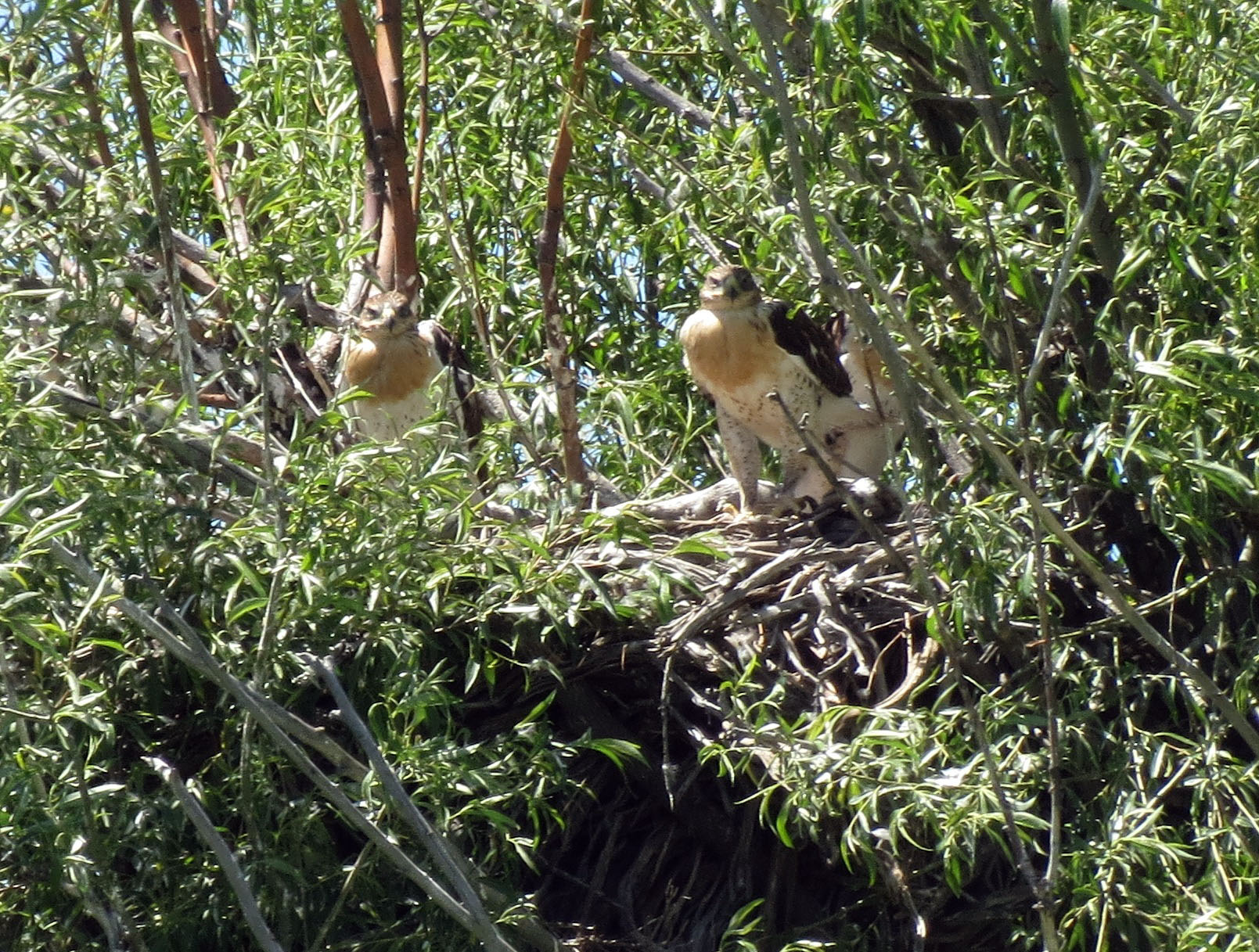confidential client

Tetra Tech was contracted by a power company to conduct a Terrestrial Visual Encounter Survey in a selected portion of a proposed power line corridor between Boardman, Oregon, and Hemingway, Idaho. Approximately 380 miles of proposed transmission line corridor (including alternatives) and 303 miles of proposed access roads needed to be surveyed (over several years) to assist with the environmental impact assessment of the project. The survey method chosen (TVES) was modified from a USFS method and is an effective passive sampling technique for detecting birds, reptiles/amphibians, and mammals when surveying over a large area within a limited timeframe. The survey method consisted of two observers (biologists) systematically surveying for, and recording, all wildlife and their sign, with a third observer (botanist) recording ecological systems, noxious weeds, and unique habitats and wetlands, along a 500 foot route corridor (50 foot corridor along roads). The primary goal of the sampling was to identify unknown locations or habitats for special status species within the vicinity of the project in order to assist in determining impacts to said species, although all wildlife species encountered were documented. The group of special status species included a total of 79 species designated as federal- and state-listed species, species designated as Sensitive by the BLM or USFS, or USFS Management Indicator Species.
Contact
Karen Summers
(925) 280-7424





